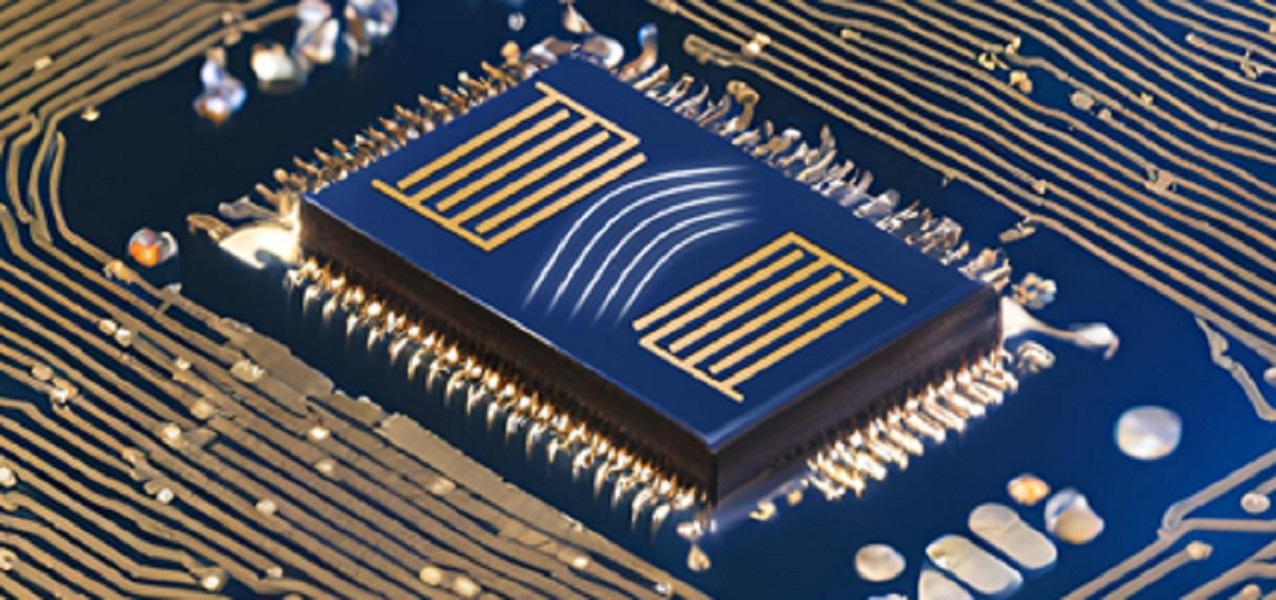
- Stage of development
-
Concepts formulated. Currently under proof of concept in laboratory.
- Intellectual property
-
Priority patent application filed
- Intended collaboration
-
Licensing and/or co-development
- Contact
-
José Andrés EspinoVice-presidency for Innovation and Transferinnovacion@imse-cnm.csic.escomercializacion@csic.es
- Reference
-
CSIC/ER/002
Additional information
#ICT
#Cybersecurity
#IoT
Acousto-Optic System & Method for generating PUFs
Method to generate physical unclonable functions (PUFs) which uses acousto-optic systems.
System that allows to reduce complexity while maintaining high integrability and reliability. Allows miniaturization.
- Market need
-
A PUF consists of a physical system interacting with a physical entity, generating for each input (challenge) a unique, stable in time and difficult to predict output (response), generating challenge-response pairs. This output can provide a digital identity to physical circuits and build secure authentication mechanisms. Commonly memory-based and delay-based PUFs are considered weak against quantum computing and modelling attacks.
Strong PUFs are systems in which multiple different inputs can be generated, each resulting in a unique output. This increases the complexity of the mechanism against modelling attacks. However, their high sensitivity to environmental effects and misalignments in the readout system makes them prone to error.
- Proposed solution
-
The method comprises an acousto-optic system for generating strong PUFs. In this system the acousto-optic medium modulates an optical beam to generate multiple patterns used to probe a PUF based in optical scattering. The responses are unfeasible to predict or simulate, making this PUF safe against tampering attacks.
Multiple challenge-response pairs can be generated by varying the properties of the acoustic signal or by using multiple acousto-optic mediums could arranged sequentially.
In addition, this acousto-optic system can be implemented as a photonic integrated circuit (PIC), enabling its miniaturisation and integration in Internet-of-Things (IoT) devices.
- Competitive advantages
-
- An electrical signal controls the acoustic wave generator and can modify the modulation of the optical beam by the system. Moreover, different acousto-optic systems can be concatenated, further increasing the number of challenge-response pairs.
- Increased Reliability. No precision alignment, mechanical stages or lenses are required, reducing complexity and probability of error.
- Integrability and Miniaturization. The method can be implemented on a chip.